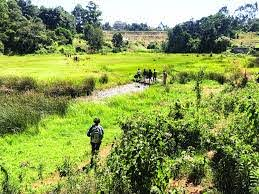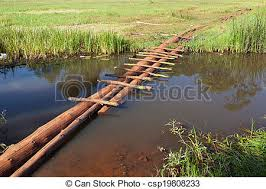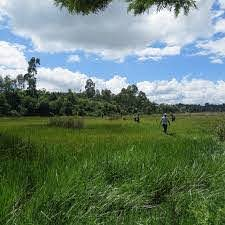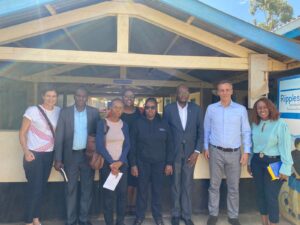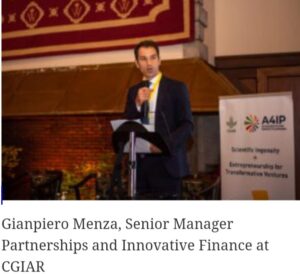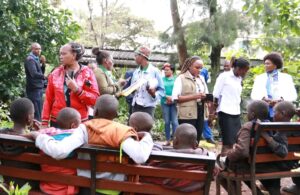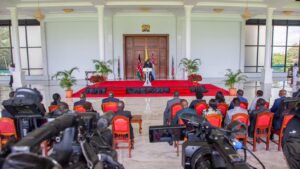A Highland Bog in The Republic of Kenya (ONDIRI BOG)
An area of 118 square kilometers a sub-catchment lies, the main direction of outflow of the wetland is to the south and east where several streams join downstream forming larger streams that make headwaters of Nairobi and Athi rivers. The wetland is linked to Kikuyu springs a major source of water to Nairobi and Kikuyu

BY MARVIN MWATHI
An area of 118 square kilometers a sub-catchment lies, the main direction of outflow of the wetland is to the south and east where several streams join downstream forming larger streams that make headwaters of Nairobi and Athi rivers. The wetland is linked to Kikuyu springs a major source of water to Nairobi and Kikuyu
The wetland is an interesting phenomenon shrouded by mystery and myths. Locals say if you sink in you will be found at Lake NAIVASHA, however, locals use the wetland for recreation, farming, and even drawing water for home use, similarly, others enjoy the serenity of the place or meditation place. According to former Kikuyu ward MCA Francis Wainaina, the natural springs are believed to have healing powers, as a result, traditional religious groups seek treatment as they bathe and pray from there with deep reverence
Local folk has it that it was initially an open lake discovered by white explorer and named it (OLD LAKE) which locals corrupted to Ondiri. The wetland has an enticing attraction due to its quacking bog that gives an experience of a trampoline formed by floating peat that once covered the floating lake. Due to erosion and deforestation, the lake is covered by floating reeds which form a mat that covers more than 99 percent of the wetland.
The wetland boost has been a home for counts of different species of birds, most unique ones being the Crested Crane birds(The Grey Crowned Craned is listed as endangered by the IUCN RED List of Threatened species)according to the nature Kenyans bird count carried out on 15th December 2019, there were 76 species of birds at the wetland thus one of the richest bird areas in Kenya. The wetland is a crucial breeding ground for amphibians, crustaceans, and insects, these are adequate food for birds during breeding and migration, marabou stork is a rare visitor to the wetland Jacksons widowbird have been spotted breeding in the tall grass, presence of the Sitatunga antelope cannot be ignored(a species that lives in swampy habitats)
The wetland draws interest in various quarters which include government departments, local authorities, farmers, and private developers, and since it is not protected and resources controlled multiplicity of stakeholders presents a situation where each individual seeks to maximize benefit. This brought to birth “FRIENDS OF ONDIRI” which has coincided with the fencing of the 3.3-kilometer circumference stretch, the wetland borders southern bypass, on the east Alliance High school is located.

